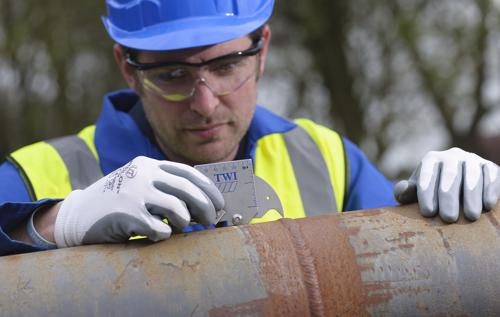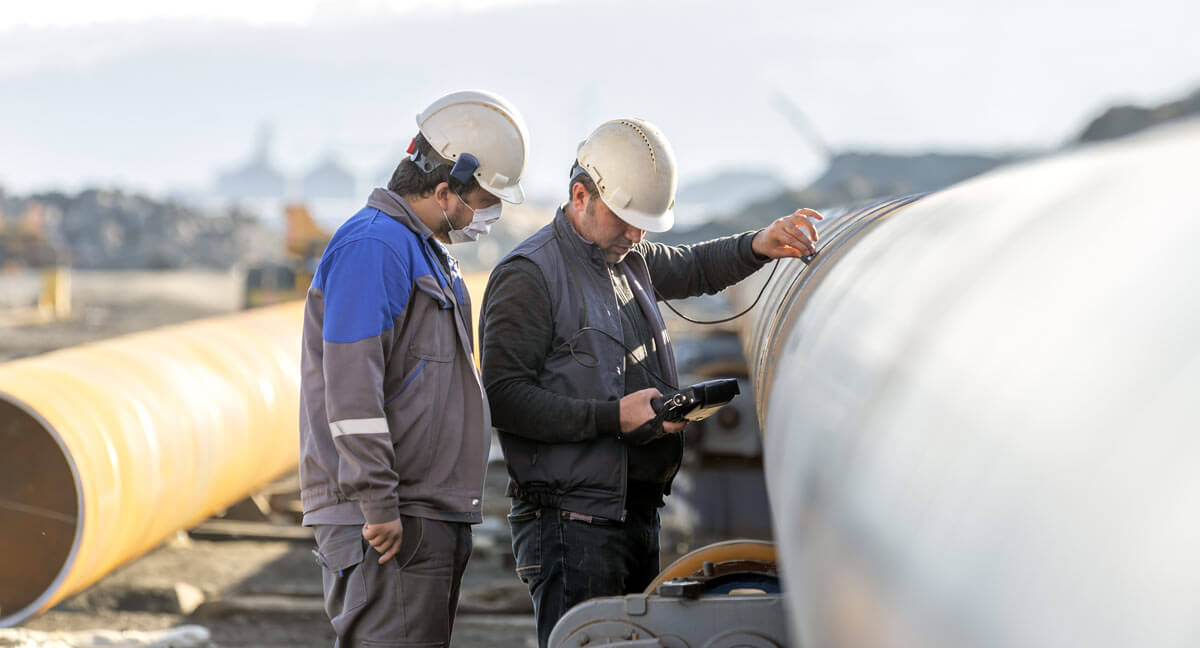A Comprehensive Guide to Comprehending How Welding Inspection Functions: Methods, Specifications, and Best Practices for High Quality Guarantee in Steel Construction
Understanding the intricacies of welding assessment is important for preserving the honesty of steel manufacture. Executing ideal methods can substantially improve quality guarantee steps. The landscape of welding inspection is not without its challenges.
Significance of Welding Inspection
Although welding is a critical process in different industries, its honesty straight influences the security and performance of elements and structures. Reliable welding assessment is necessary for identifying defects that could jeopardize the top quality and sturdiness of bonded joints. This process ensures adherence to developed specs and criteria, which are essential for preserving architectural honesty and operational reliability.
Welding assessment serves multiple functions, including verifying that the welding process has actually been performed appropriately, assessing the top quality of materials used, and verifying that the completed product fulfills governing and industry standards (Houston Welding Inspection). Via strenuous inspection, potential issues such as porosity, splits, and insufficient blend can be spotted early, mitigating and preventing pricey repair work safety and security dangers
Moreover, consistent welding assessments foster self-confidence amongst stakeholders, including designers, customers, and regulatory bodies, by demonstrating a dedication to quality control. The significance of welding evaluation can not be overemphasized; it is integral not just for compliance with lawful requirements yet likewise for improving the total efficiency of bonded structures. Ultimately, a durable welding evaluation program is an aggressive action that safeguards versus failures, making certain the long life and reliability of welded elements in their desired applications.
Typical Welding Assessment Strategies

Aesthetic assessment is the first line of defense, enabling assessors to recognize surface problems such as cracks, damages, or insufficient fusion. Radiographic screening utilizes X-rays or gamma rays to expose internal defects, making it perfect for complicated welds. Ultrasonic testing utilizes high-frequency audio waves to find subsurface issues, offering specific dimensions of weld stability.
Magnetic fragment screening works for ferromagnetic products, highlighting surface area and near-surface interruptions when particles are put on an electromagnetic field. Alternatively, color penetrant testing makes use of a fluid dye to expose surface-breaking issues, ensuring that also the smallest imperfections are identified.
Each method has its toughness and restrictions, typically necessitating a mix of approaches for detailed analysis - Houston Welding Inspection. By applying these evaluation methods, quality control in metal construction is attained, ensuring that welded frameworks meet security and efficiency standards
Industry Requirements for Welding

The American Welding Society (AWS) and the American National Requirement Institute (ANSI) are two popular organizations that develop welding standards. AWS D1.1, for instance, lays out the requirements for welding steel frameworks, while AWS D1.2 concentrates on light weight aluminum. Worldwide, the ISO 3834 standard addresses top quality requirements for blend welding, giving a framework suitable throughout nationwide borders.

Finest Practices for Quality Control
Quality assurance in welding is paramount to accomplishing durable and safe constructions. Establishing a thorough high quality management system (QMS) customized to the details welding job is vital.
Regular training and accreditation of welding employees are important for keeping an experienced workforce. Continuous education on the latest welding techniques and technologies ensures that inspectors and welders are well-informed about existing requirements and practices.
Additionally, performing pre-weld evaluations to examine products and devices can protect against problems before they occur. Houston Welding Inspection. Throughout the welding procedure, real-time surveillance and documents of welding specifications aid identify incongruities quickly. Post-weld evaluations ought to entail extensive examinations using non-destructive screening (NDT) approaches to make certain the honesty of the welds
In addition, keeping clear interaction amongst staff member promotes a society of quality. Regular audits and evaluations of the welding procedure help recognize areas for renovation. By adhering to these best techniques, organizations can accomplish optimal top quality guarantee, eventually resulting in enhanced security and efficiency in metal fabrication projects.
Challenges in Welding Examination
Although welding evaluation is essential for you could try here ensuring structural honesty, it provides a variety of challenges that can complicate the assessment process. One significant obstacle is the irregularity in welding methods and products utilized, which can affect the consistency of weld quality. Various welders may employ varying approaches, leading to inconsistencies that inspectors requirement to recognize and evaluate.
One more difficulty involves the detection of issues. Non-destructive testing (NDT) techniques, such as radiographic and ultrasonic screening, can be complex and call for knowledgeable service technicians to analyze outcomes accurately. False positives or downsides can happen, possibly causing costly rework or compromised safety and security.
Furthermore, the presence of ecological elements, such as learn this here now temperature and humidity, can affect the stability of welds and the performance of evaluation techniques. Assessors have to likewise navigate the regulative landscape, making certain compliance with industry requirements, which can vary by territory and application.
Final Thought
Finally, welding evaluation plays a crucial role in ensuring the stability and safety of steel construction. Employing a variety of evaluation methods, sticking to well established market standards, and executing reliable high quality administration techniques jointly enhance the reliability of welded structures. Despite the challenges dealt with in the evaluation procedure, a commitment to continual renovation and adherence to ideal practices can significantly bolster the top quality assurance framework, fostering better self-confidence among stakeholders in the welding market.
Effective welding inspection is crucial for identifying defects that could jeopardize the high quality and longevity of bonded joints.In addition, consistent welding assessments foster confidence among stakeholders, look at this website including engineers, customers, and regulatory bodies, by demonstrating a commitment to high quality assurance.The American Welding Society (AWS) and the American National Standards Institute (ANSI) are two prominent organizations that develop welding criteria. During the welding process, real-time surveillance and documentation of welding criteria aid determine variances immediately. In spite of the difficulties dealt with in the inspection procedure, a commitment to continual renovation and adherence to finest methods can significantly strengthen the quality guarantee framework, cultivating higher self-confidence amongst stakeholders in the welding market.